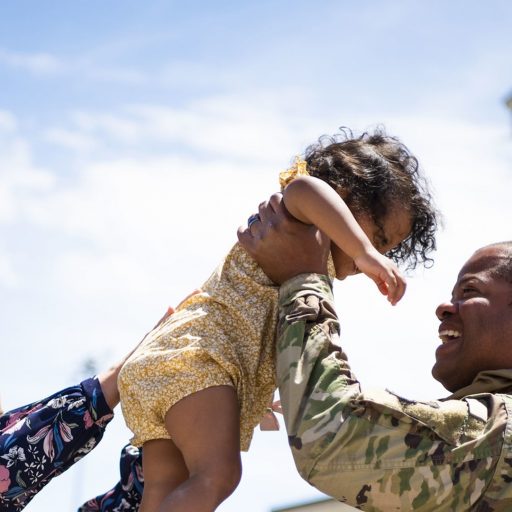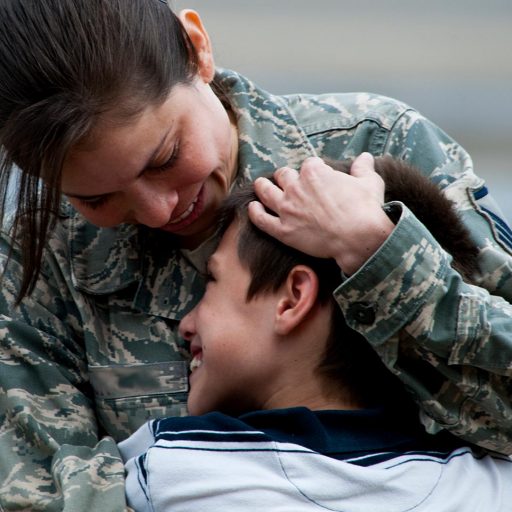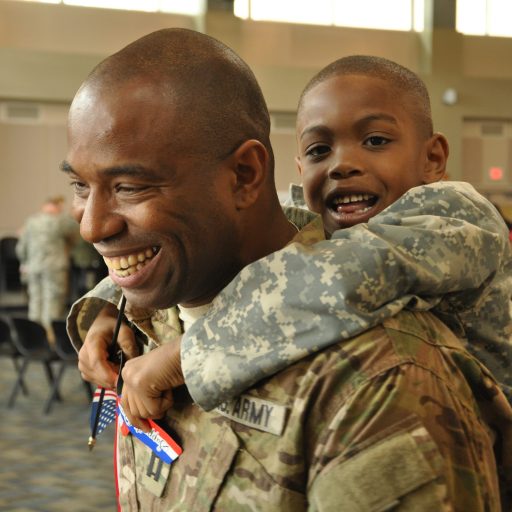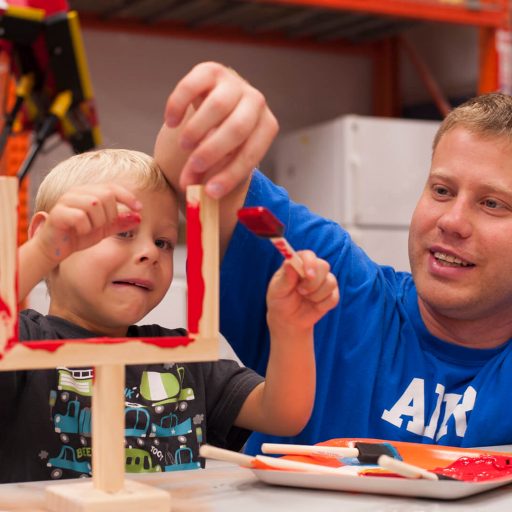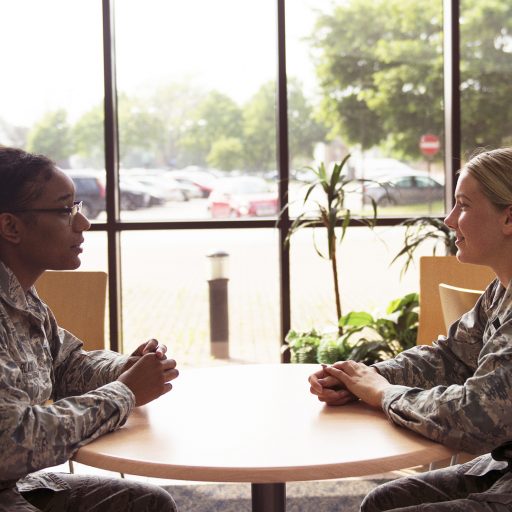
Returning home from deployment can be challenging in a variety of ways for service members. Not only will they be adjusting to a new routine, but they may also be wrestling with strong feelings of fear, sadness or helplessness from their experiences while deployed. While some combat and operational stress reactions are common and heal with time, others may require professional attention. By recognizing the warning signs and knowing how to get help, you and your service member can become more resilient in the face of reintegration challenges.

